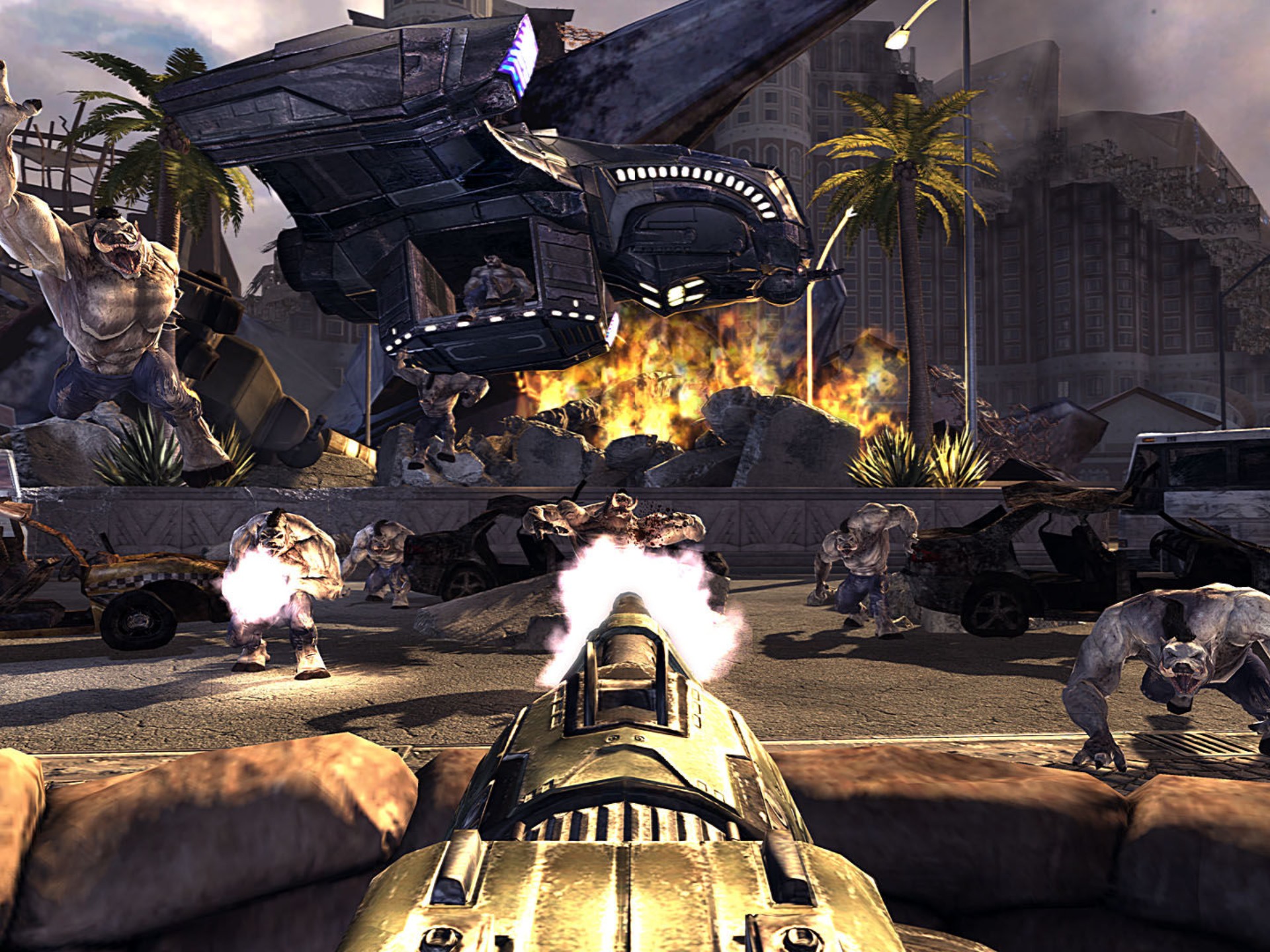Debut Gameplay: "Space Shuttle Pilot's Orbit" – Mastering the Art of Docking Maneuvers
Introduction
The world of space simulation games has always fascinated players with its blend of realism and challenge. Space Shuttle Pilot's Orbit is the latest addition to this genre, offering an immersive experience where players take on the role of a shuttle pilot navigating complex orbital mechanics. One of the game’s most thrilling yet demanding features is the docking maneuver, where precision and patience are key to success.
In this article, we’ll explore the debut gameplay of Space Shuttle Pilot's Orbit, focusing on the intricacies of docking maneuvers, the physics involved, and tips to master this high-stakes procedure.
The Challenge of Docking in Space
Unlike terrestrial vehicles, spacecraft operate in a microgravity environment, making docking an entirely different beast. Players must account for:
- Relative velocity – Matching speed with the target station.
- Alignment – Ensuring the shuttle’s docking port faces the correct angle.
- Thruster control – Small adjustments can lead to major trajectory changes.
The game replicates Newtonian physics, meaning every action has an equal and opposite reaction. Overcorrecting can send the shuttle spiraling out of control, making docking a true test of skill.
Step-by-Step Docking Procedure
1. Approach Phase
Before attempting to dock, players must:

- Align orbits – Use the orbital map to match the shuttle’s trajectory with the space station.
- Initiate a slow burn – Gradually reduce distance using RCS (Reaction Control System) thrusters.
Pro Tip: Avoid full-throttle burns—gentle nudges prevent overshooting.
2. Final Alignment
Once within 100 meters, the real challenge begins:
- Use the docking camera – The game provides a first-person view with alignment indicators.
- Adjust roll, pitch, and yaw – Even a slight misalignment can cause a failed dock.
Pro Tip: Use small bursts (1-2% thrust) for fine-tuning.
3. Contact and Secure
At <1 m/s, players must:
- Gently nudge forward – Too fast, and the shuttle bounces off.
- Activate magnetic docking clamps – Once aligned, the system auto-locks.
Pro Tip: If drifting occurs, use retrograde thrusters to stabilize.
Common Mistakes & How to Avoid Them
1. Over-reliance on Main Engines
- Issue: Main engines are too powerful for close-range maneuvers.
- Solution: Switch to RCS thrusters for precision.
2. Ignoring Rotation
- Issue: Focusing only on position, not orientation.
- Solution: Constantly check attitude indicators to ensure proper alignment.
3. Panic Corrections
- Issue: Overcorrecting leads to instability.
- Solution: Make small adjustments and wait for the shuttle to stabilize.
Advanced Techniques for Expert Pilots
1. Manual Rendezvous (No Auto-Pilot)
For players seeking realism, disabling auto-assist forces full manual control, requiring:
- Orbital calculations – Adjusting inclination and phase angles.
- Hohmann transfer maneuvers – Efficiently matching orbits.
2. Docking Under Time Pressure
Some missions impose oxygen/fuel limits, forcing quick yet precise docking.
3. Emergency Abort Scenarios
If a collision is imminent:
- Engage emergency thrusters to push away.
- Stabilize rotation before reattempting.
Conclusion: The Thrill of Mastery
Space Shuttle Pilot's Orbit delivers an authentic and exhilarating docking experience. While the learning curve is steep, the satisfaction of a perfect dock is unmatched. Whether you're a casual player or a hardcore simulation enthusiast, mastering these maneuvers will make you a true spacefaring ace.
Ready to take the challenge? Fire up your thrusters and prepare for the ultimate test of precision in Space Shuttle Pilot's Orbit!


















